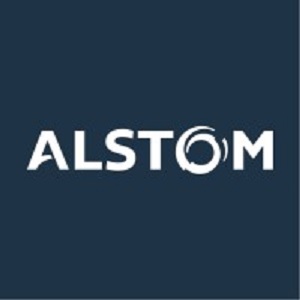
Alstom
Leading societies to a low carbon future, Alstom develops and markets mobility solutions that provide the sustainable foundations for the future of transportation. Alstom’s product portfolio ranges from high-speed trains, metros, monorail and trams to integrated systems, customised services, infrastructure, signalling and digital mobility solutions. Alstom has 150,000 vehicles in commercial service worldwide.